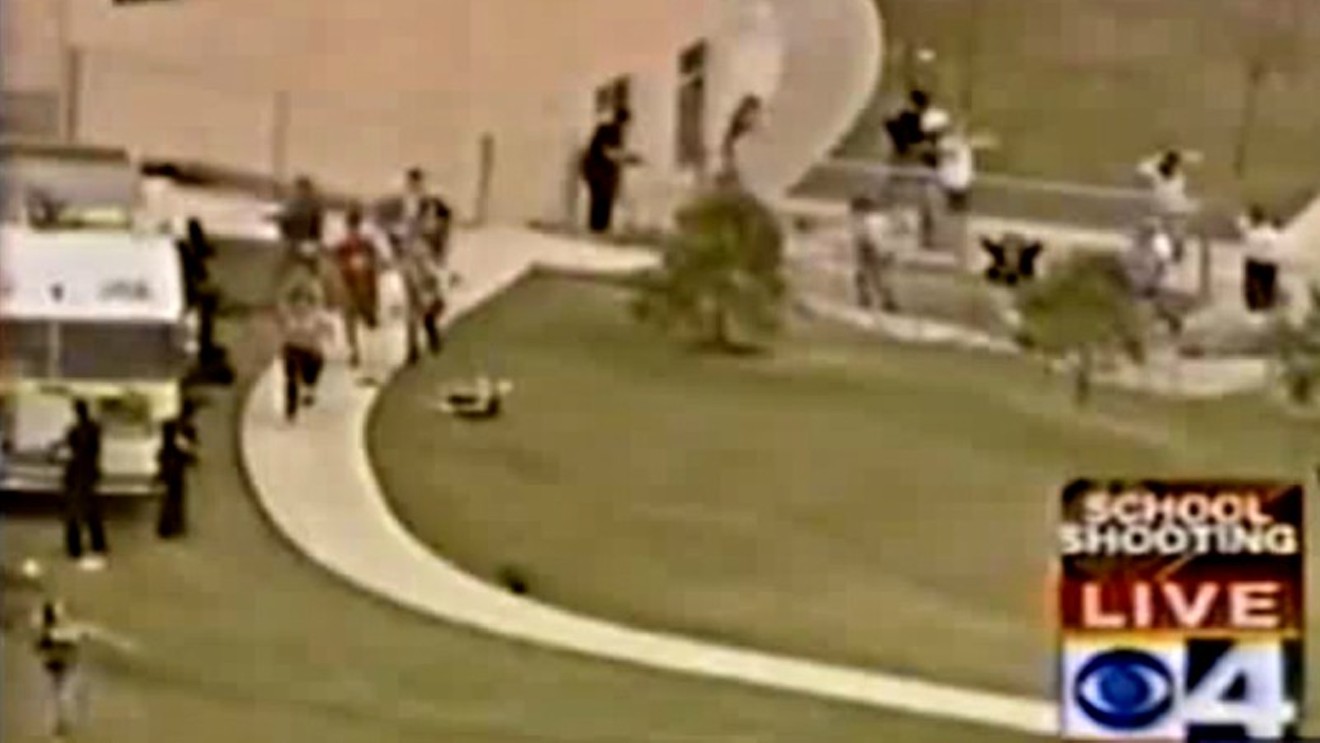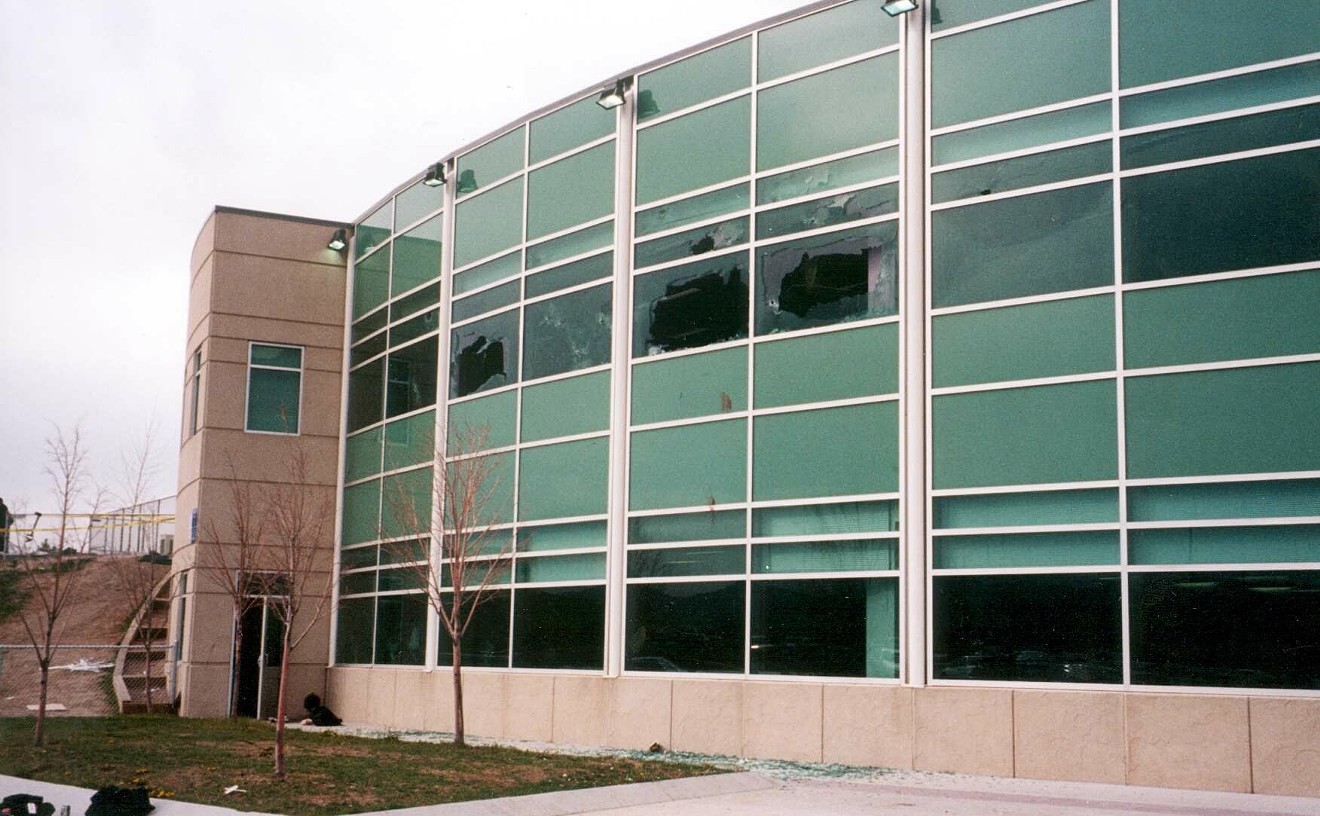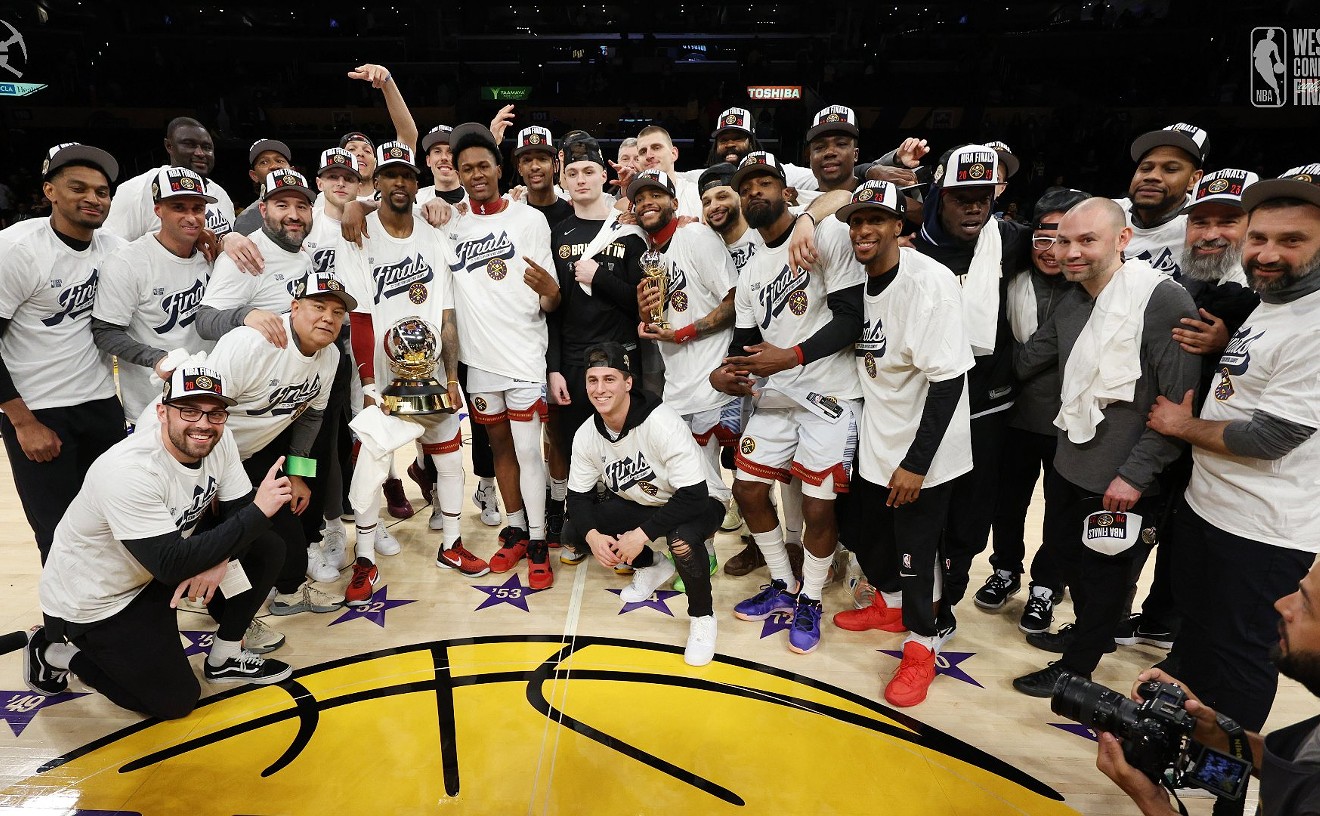The day after former Colorado resident Devin Kelley murdered 26 people at a church in Sutherland Springs, Texas, on November 5, filmmaker Michael Moore tweeted that the tragedy has pushed the April 20, 1999, massacre at Columbine High School, the subject of his 2002 Oscar-winning documentary Bowling for Columbine, from the list of America's ten worst mass shootings.
This fact underscores the shocking escalation in the lethality of mass shooting incidents in the U.S.
Moore's full tweet reads: "As of yesterday, Columbine is no longer one of the 10 worst mass shootings in US history. 3 of the top 5 are all in the last year & a half."
This assertion jibes with the figures assembled for a MarketWatch.com post updating the mass shootings roster. Here's the current top ten as noted by the site:
1. Las Vegas: Oct. 1, 2017
58 killed and more than 515 wounded.
2. Orlando, Fla.: June 12, 2016
49 people killed and more than 58 wounded.
3. Blacksburg, Va.: April 16, 2007
33 killed (including the shooter) and 17 wounded on the campus of Virginia Tech.
4. Newtown, Conn.: Dec. 14, 2012
28 killed, including shooter and his mother along with 20 children aged 6 and 7, and 2 wounded at Sandy Hook Elementary School.
5. Sutherland Springs, Texas: Nov. 5, 2017
26 killed, 20 injured in a massacre at the First Baptist Church in the small southern Texas town.
6. Killeen, Texas: Oct. 16, 1991
24 killed (including shooter) and 27 wounded in a massacre at a Luby’s cafeteria.
7. San Ysidro, Calif.: July 19, 1984
22 killed (including shooter) and 19 wounded.
8. Austin, Texas: Aug. 1, 1966
18 killed (including shooter) and 31 wounded in what became known as the University of Texas tower shooting.
9. Edmond, Okla.: Aug. 20, 1986
15 killed (including shooter) and 6 wounded.
10. San Bernardino, Calif.: Dec. 2, 2015
16 killed (including 2 shooters) and 24 wounded.
This assemblage of horrors contrasts strikingly with a similar item put together by National Public Radio in June 2016, on the day of the Pulse nightclub shooting. At that time, Columbine's toll of thirteen killed (not counting murderers Eric Harris and Dylan Klebold, who took their own lives) and 24 wounded was ranked seventh on the list.
Also knocked out of the top ten from June 2016 were an August 20, 1986, assault on a post office in Edmond, Oklahoma, in which Patrick Sherrill killed fourteen co-workers before committing suicide; a December 2, 2015, attack on the Inland Regional Center in San Bernardino, California in which Syed Farook and Tashfeen Malik slew fourteen before being shot dead by police; and an April 3, 2009, incident at the American Civic Association in Binghamton, New York, in which Jiverly Wong killed thirteen people and wounded four more before turning his weapon on himself.
Longtime Coloradans won't be the only ones shocked by how comparatively modest the death toll at Columbine now looks in comparison with more recent incidents. Indeed, any American old enough to remember the 1999 assault will be equally astonished. After all, the killings startled the nation as a whole, dominating news coverage for many weeks afterward. Vice President Al Gore came to Littleton to speak at a community service five days after the bloodshed, and President Bill Clinton personally donated to the Columbine Memorial and encouraged others to do likewise.
The shooting also had an enormous impact on popular culture, with plenty of TV shows and movies drawing from the mayhem — a phenomenon that Westword's Alan Prendergast documented in the 2012 feature article "The Columbine Effect."
If Columbine happened today, it would certainly be a major national story, but its impact would likely be much more limited. Americans have become numbed to these sorts of shootings, which may explain why so little is being done to address them. In that sense, Columbine's legacy has had less of an impact than many of us expected during that terrible time more than eighteen years ago.
[
{
"name": "Air - MediumRectangle - Inline Content - Mobile Display Size",
"component": "12017618",
"insertPoint": "2",
"requiredCountToDisplay": "2"
},{
"name": "Editor Picks",
"component": "17242653",
"insertPoint": "4",
"requiredCountToDisplay": "1"
},{
"name": "Inline Links",
"component": "18838239",
"insertPoint": "8th",
"startingPoint": 8,
"requiredCountToDisplay": "7",
"maxInsertions": 25
},{
"name": "Air - MediumRectangle - Combo - Inline Content",
"component": "17261320",
"insertPoint": "8th",
"startingPoint": 8,
"requiredCountToDisplay": "7",
"maxInsertions": 25
},{
"name": "Inline Links",
"component": "18838239",
"insertPoint": "8th",
"startingPoint": 12,
"requiredCountToDisplay": "11",
"maxInsertions": 25
},{
"name": "Air - Leaderboard Tower - Combo - Inline Content",
"component": "17261321",
"insertPoint": "8th",
"startingPoint": 12,
"requiredCountToDisplay": "11",
"maxInsertions": 25
}
]













